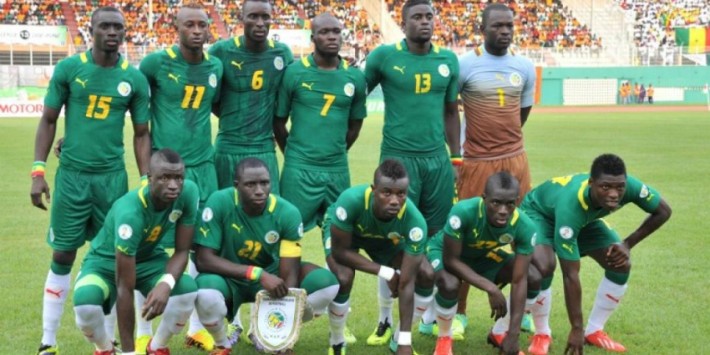The Confederation of African Football (CAF) has released its latest list of Category 2 stadiums cleared to host the qualifiers for the U17, U20, and U23 Africa Cup of Nations, as well as the preliminary rounds of interclub tournaments.
While football powerhouses such as South Africa, Morocco, and Algeria lead the way with multiple facilities meeting CAF’s criteria, several nations remain without a single approved venue.
In some cases, iconic grounds that once hosted major fixtures have fallen short of the governing body’s modern requirements.
CAF’s inspections cover areas such as infrastructure, seating capacity, safety standards, pitch quality, and media facilities.
Where these fail to meet the benchmark, stadiums are suspended until the necessary upgrades are completed.
Among those affected are the Juba National Stadium in South Sudan, the Azam Complex Stadium in Tanzania, and Mozambique’s Campo ABB.
While these venues remain active for domestic use, CAF has withheld approval due to ongoing renovations, structural deficiencies, or essential maintenance works yet to be completed.
For several countries, the situation is far more severe.
The latest update confirms that the Central African Republic, Djibouti, Eritrea, Guinea, Lesotho, Namibia, São Tomé and Príncipe, Seychelles, Sierra Leone, and Somalia have no CAF-approved stadiums at all.
This absence has major consequences. National teams and clubs from these nations are forced to play their home fixtures abroad, often in neighbouring countries that meet the required standards.
Such relocations create a host of challenges — from increased travel costs and complicated logistics to reduced fan attendance and the loss of the psychological advantage that comes with playing in familiar surroundings.
For players, the displacement can also be demoralising.
Representing one’s country is an honour, but doing so far from home, in front of a smaller contingent of travelling supporters, strips away much of the atmosphere and national pride that typically defines these fixtures.
CAF has repeatedly emphasised the importance of upgrading facilities to bring them in line with international norms, highlighting the role of modern infrastructure in fostering player development and enhancing fan experience.
While several governments and football associations are undertaking projects to meet the standards, the pace of progress varies widely across the continent.
For now, the gap between nations with world-class football infrastructure and those struggling to provide a basic compliant venue remains stark.
Until these disparities are addressed, many African teams will continue to fight their biggest battles not on the pitch, but in finding a home ground that meets CAF’s approval.











